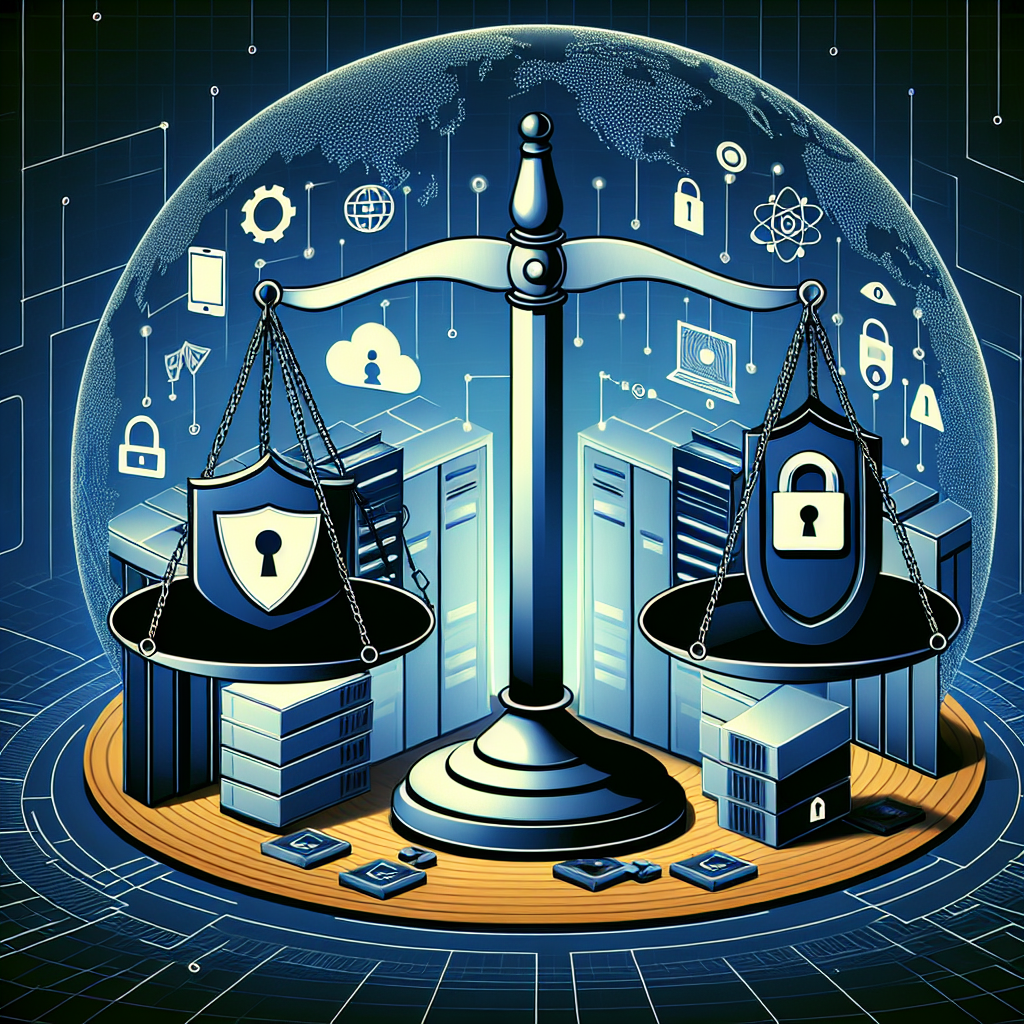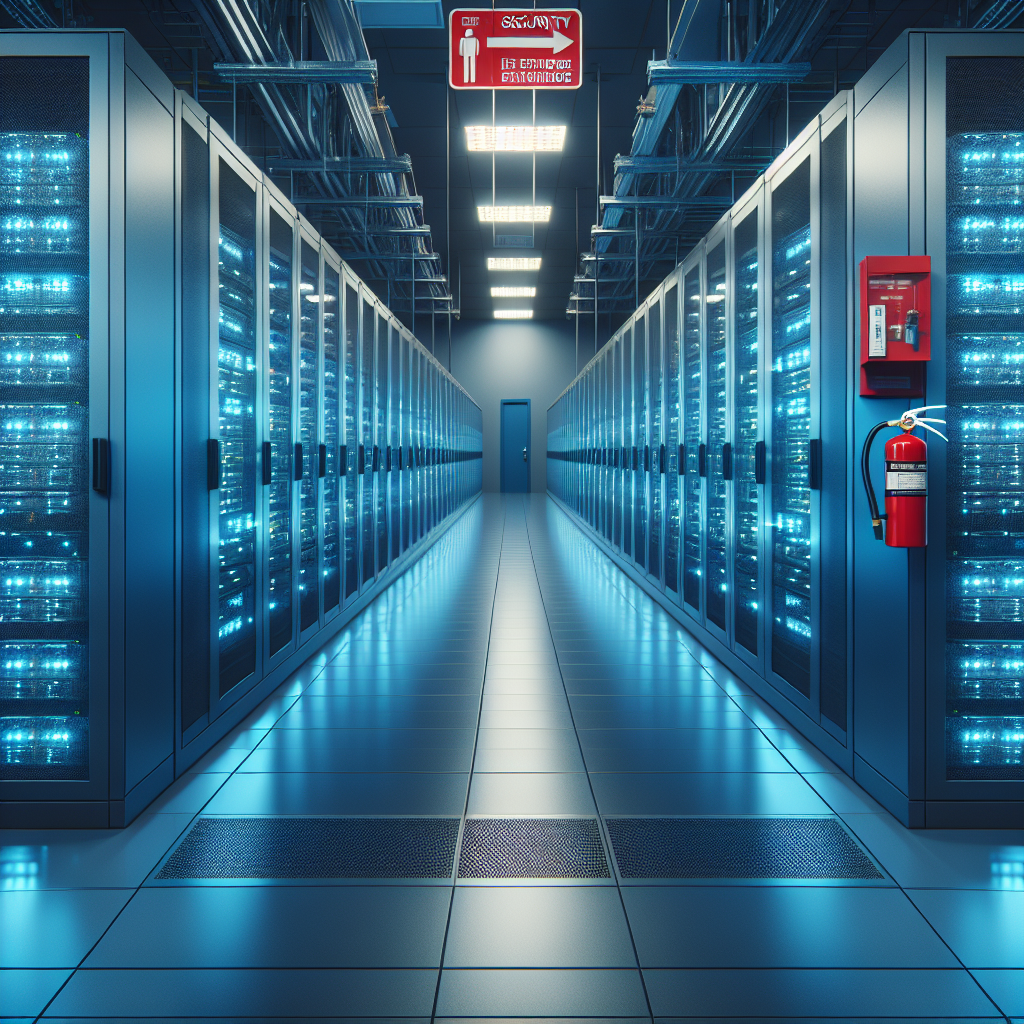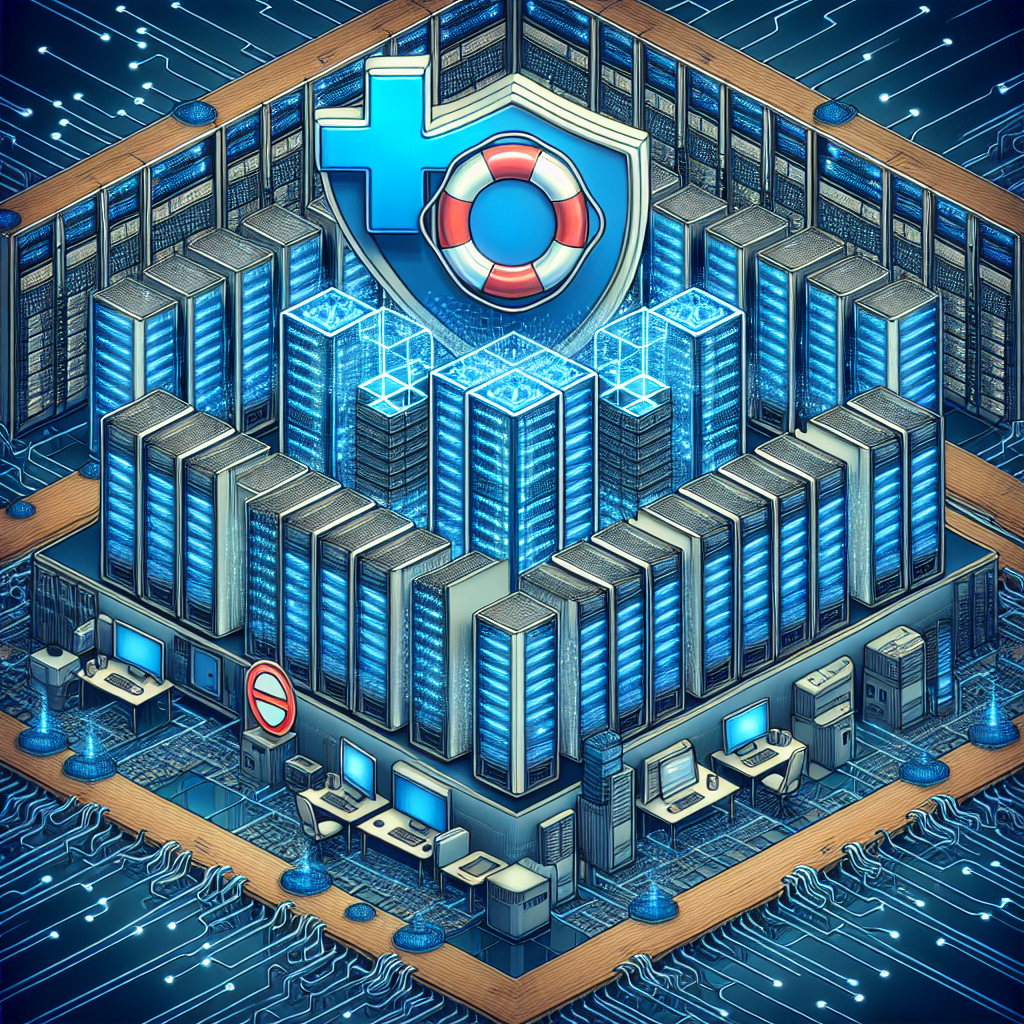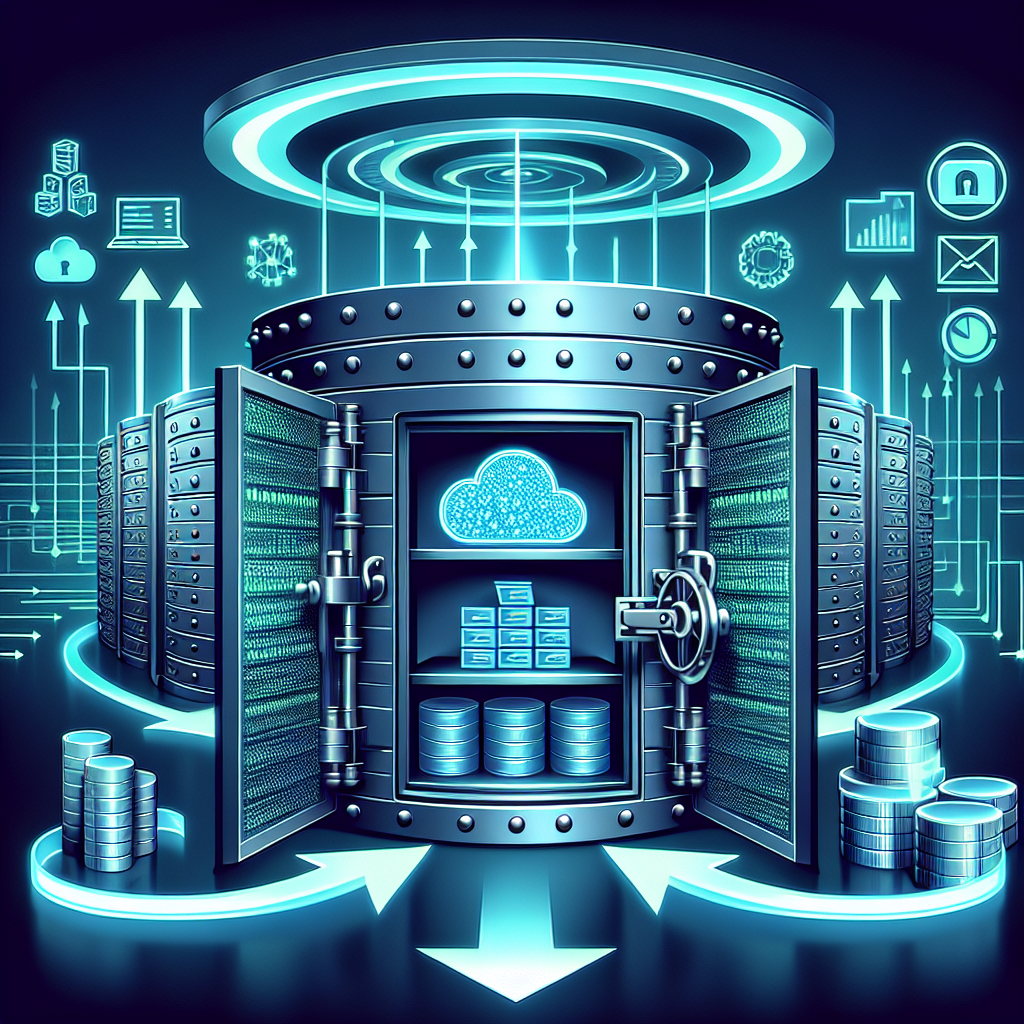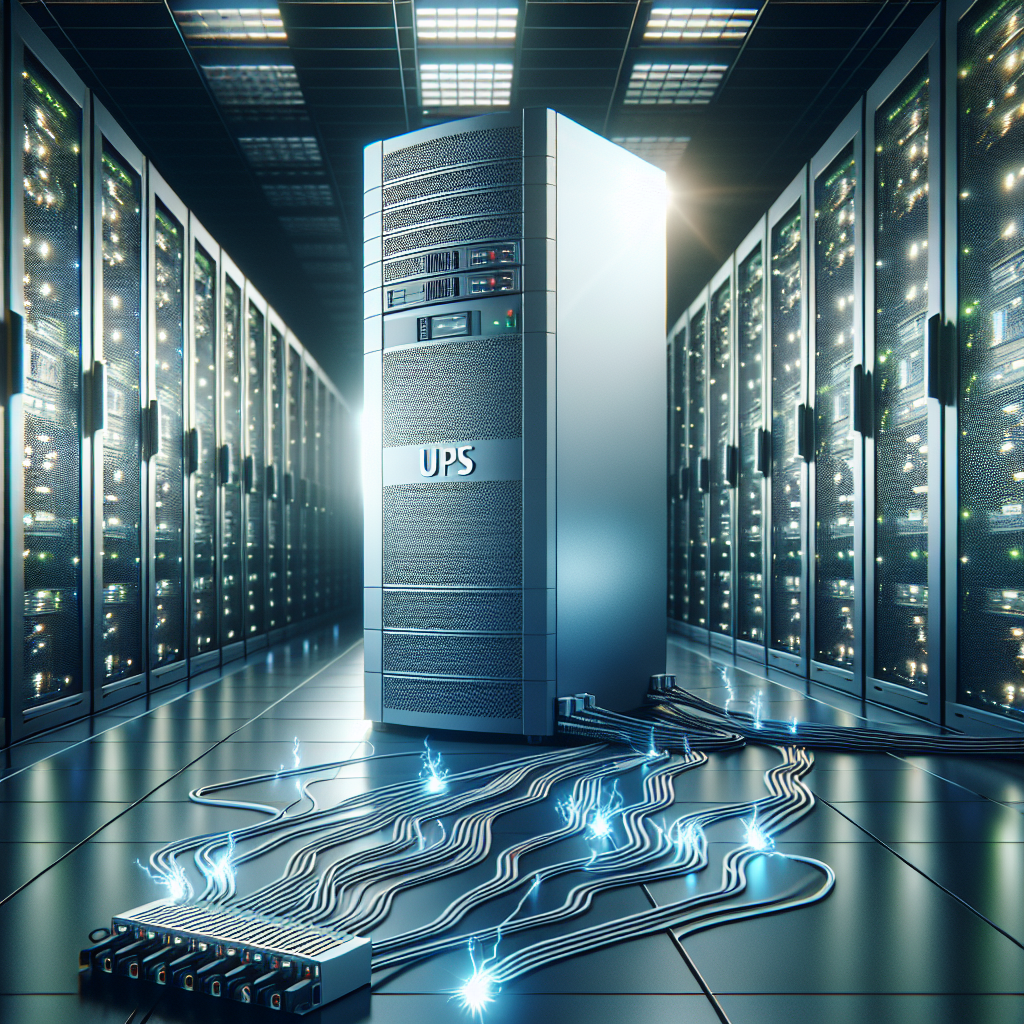Data centers play a crucial role in the modern digital landscape, serving as the backbone of countless organizations’ IT infrastructure. With the increasing reliance on data centers for storing and processing sensitive information, it has become more important than ever to assess and evaluate the security protocols and measures in place to safeguard these facilities.
Data center risk assessment is a critical process that involves identifying potential vulnerabilities and threats to the infrastructure, as well as evaluating the effectiveness of existing security measures. By conducting a thorough assessment, organizations can proactively identify and address security gaps, reducing the risk of data breaches and cyber attacks.
One of the key components of a data center risk assessment is evaluating physical security measures. This includes assessing access control systems, surveillance cameras, and security personnel to ensure that only authorized individuals have access to the facility. Additionally, organizations should consider implementing measures such as biometric authentication and mantraps to further enhance physical security.
In addition to physical security, organizations must also evaluate the effectiveness of their cybersecurity measures. This includes assessing firewalls, intrusion detection systems, and encryption protocols to prevent unauthorized access to the network and protect sensitive data. Regular penetration testing and vulnerability assessments can help identify weaknesses in the system and ensure that security measures are up to date.
Another important aspect of data center risk assessment is evaluating the resilience of the infrastructure. This includes assessing the facility’s backup power systems, cooling systems, and disaster recovery plans to ensure that the data center can continue to operate in the event of a power outage or natural disaster. Regular testing and maintenance of these systems are essential to minimize downtime and ensure business continuity.
Ultimately, data center risk assessment is a continuous process that requires ongoing monitoring and evaluation of security protocols and measures. By proactively identifying and addressing vulnerabilities, organizations can reduce the risk of data breaches and ensure the security of their infrastructure. Investing in robust security measures and regularly assessing their effectiveness is essential to safeguarding sensitive information and maintaining the integrity of the data center.
